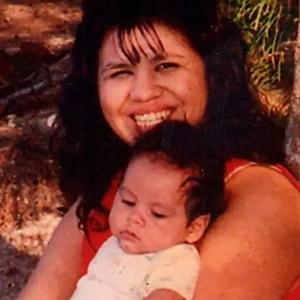
A study of tax rates and crime rates in Texas counties has found that death-penalty trials contribute to higher property tax rates and increased rates of property crime. Alex Lundberg (pictured), an assistant professor of Economics at West Virginia University, analyzed budgetary and crime rate data from Texas counties and found that counties responded to the high cost burden of capital trials by raising property taxes and reducing public safety expenditures. As an example, he cites Jasper County, Texas, which “raised property taxes by eight percent to fund a joint trial for suspects in the 1998 murder of James Byrd. Another Texas county reduced public safety expenditure after voters rejected a property tax increase.” The reduction in public safety spending did not affect violent crime, Lundberg found, but “as counties reduce expenditures on public safety in the two years up to the conclusion of a capital trial, their property crime rate rises by an estimated 1.5%.”
Studies consistently show that death penalty trials are more expensive than non-capital trials in which defendants face a sentence of life without parole. Standard practice calls for two lawyers on each side, and compertently litigated cases involve lengthy jury selection, multiple expert witnesses, and extensive investigation into the defendant’s background to discover and present mitigating evidence intended to persuade the jury to spare a defendant’s life. Lundberg’s data showed that Texas “counties bear an average of $1,400,000 in additional expenses coded as ‘judicial’ or ‘legal’ in the two years up to the conclusion of a trial (or $700,000 in a one-year window).” He examined county data because “[a] few activities, such as hearing automatic appeals, housing death row inmates, and, occasionally, assigning public defenders to indigent defendants, are covered by the state, but the bulk of the expense falls on the county in which a capital trial takes place.” To cope with the high cost of death-penalty trials, “counties meet the cost of trial in two ways. The first is by increasing property taxes. The data show property tax rates increase by an average of 2% in years with a capital trial (as a percent of a percentage). When multiplied by the mean market value across counties, the increase yields an additional $660,000 in tax revenue. The second response is a drop in public safety expenditure. Court records do not provide trial start dates, but capital trials can take more than a year to complete. With the median length of time between the date of the offense and the conclusion of trial as an approximate guide, counties reduce public safety expenditures by $2,800,000 in the two years up to the conclusion of a capital trial (or $1,400,000 in a one-year window).”
Lundberg concludes that moving the cost of the death penalty to the state level might be more sustainable for counties. “By housing more costs at the state level, counties would no longer face stark tradeoffs in trials, taxes, and public expenditures. The National Right to Counsel Committee supports a similar policy for indigent defense. According to the Committee, over 50% of indigent defense expenses fall on counties in sixteen states, including Texas. Aside from reducing the opportunity cost of trial for counties, a shift in the financial burden from counties to the state may improve the quality of indigent defense, which is frequently poor.” He writes, “As the public finance of the death penalty currently stands, the opportunity cost of trial is relatively high. Citizens in Texas face both higher taxes and crime to ultimately fund a small number of executions.”
(Alex Lundberg, On the Public Finance of Capital Punishment, West Virginia University – Department of Economics, April 5, 2019.) See Costs and Studies.




